Why does a barnacle appear on strawberries and what to do to set the fruit?
Sometimes there is a situation when the strawberries bloom, but the berries are not tied. A variety of reasons lead to the absence of ovary. To eliminate them, you first need to establish factors that negatively affect fruiting. Next time, it’s better to take care in advance so that this problem does not arise. Measures for the prevention of barren flowers on strawberries are not complicated, but require a thorough approach.
Conditions for good fruiting strawberries
Cultural agrotechnics should include the creation of conditions favorable for the growth and development of the berry, as well as full care for it.
Strawberry plantings will delight with abundant harvests if the following conditions are met:
- The soil has a neutral acidity index and is well fertilized with humus (the culture reacts negatively to the increased lime content, the proximity of groundwater, soil salinity).
- A flat sunny area protected from drafts was chosen for planting. Tall trees and crops from the nightshade family (tomatoes, peppers, potatoes, eggplants) should not be located nearby.
- Watering is carried out 2-3 times a week. During the rains, the bushes are not watered, but at the time of flowering they are irrigated with caution.
- The plantings are mulched with straw or coconut fiber. Mulch inhibits the growth of weeds that draw moisture and nutrition from the soil, and at the same time protects the berries from contact with the ground, which keeps them healthy.
- Garden strawberries are fed at least 3 times per season: at the time of leafing, before flowering, after harvest.
- Plants are protected from numerous pests. To do this, use chemicals and folk remedies.
- Dried, diseased and damaged leaves are removed in a timely manner. It is also necessary to regularly remove the strawberry mustache.
- The berry is properly prepared for wintering (they feed it, carry out water-charging irrigation, cut it, mulch).
Repairing strawberry varieties have their own characteristics of fruiting. Often, during the first flowering, flowers are deliberately removed from them in order to get a bountiful harvest of berries in the second half of summer.
Reasons for the appearance of a wasteland
Garden strawberries form barren flowers and produce few berries due to improper care or the influence of external factors.
Of the reasons that the strawberries have faded and are not tied, the main 15 can be distinguished:
- non-observance of the rules of crop rotation;
- insufficient illumination;
- poor pollination when growing dioecious varieties;
- low yield of the variety;
- choice for planting weeds that are not prone to ovary formation;
- the age of the plants is over 4 years old;
- irregular watering;
- excess nitrogenous compounds in the soil;
- lack of necessary dressings with poor soil;
- exposure to high temperatures (over + 30 ° C), if the heat occurs during the flowering period;
- viral diseases;
- weevil infestation;
- return frosts;
- rainy weather during flowering;
- inaccurate watering with a strong stream of water, washing away the pollen.
Faced with an empty flower, you need to analyze the situation and for the next year not make, if possible, those mistakes that led to the lack of a crop. The only thing that cannot be done is to influence the weather. All the rest summer residents can organize properly.
Prevention of lack of ovary
In order not to be without berries, you should use the following advice from agronomists:
- You can insure yourself by growing several varieties of strawberries at the same time, providing them with proper care. It will be correct to have beds with strawberries of different ages on the site. At a time when old plants begin to lose productivity, young ones will actively bear fruit.
- If the site is located in a lowland, varieties with medium and late ripening are more suitable for planting on it. It is better to refuse early strawberries due to the high risk of spring frosts.
- Every 3-4 years, a new plot of land should be allocated for strawberries, planting other crops in its place. Garden strawberries themselves can be planted after carrots, beets, onions, garlic, legumes, herbs. Unsuitable predecessors for her are representatives of the Solanaceae family.
- To prevent diseases, seedlings are soaked before planting for 15 minutes in salt water (5 tablespoons of salt per 5 liters of water). After that, the bushes are washed and planted. Marigolds, garlic, calendula and other strong-smelling plants planted nearby will help scare off pests.
- You can determine a viral disease by changing the color of the petals, stamens and pistils. Sometimes these parts of the plant grow together. To prevent the viral infection from spreading further, diseased bushes are removed and burned. The same must be done if swollen, deformed areas appear on the pedicels, which indicates infection with nematodes. In this case, the land is sown with green manure, refusing to plant cultivated plants in this place for several years.
When growing a dioecious strawberry variety, a pollination process is required for the ovary. You can attract insects to the site by spraying the bushes with water, to which a spoonful of honey or a few drops of coriander essential oil is added.
Prevention of the appearance of barren flowers on strawberries begins even before planting - at the stage of choosing a variety and a suitable place on the site. In the future, it is necessary to provide the plants with regular watering, feeding, protection from pests and diseases, and timely rejuvenate the berry. If all these conditions are met, the productivity of the culture will remain at a high level.

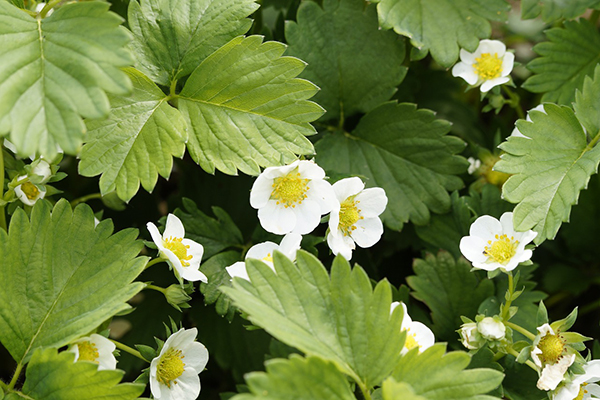

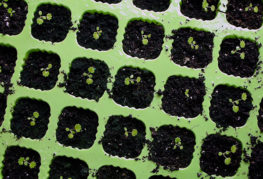
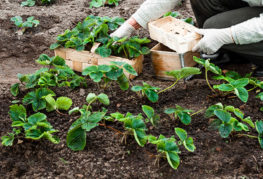

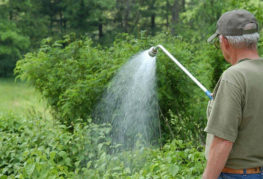
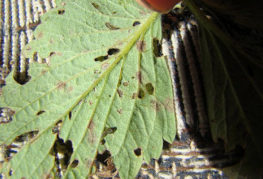
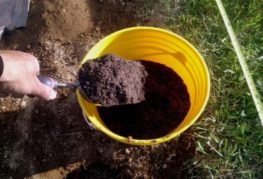
and will be published shortly.